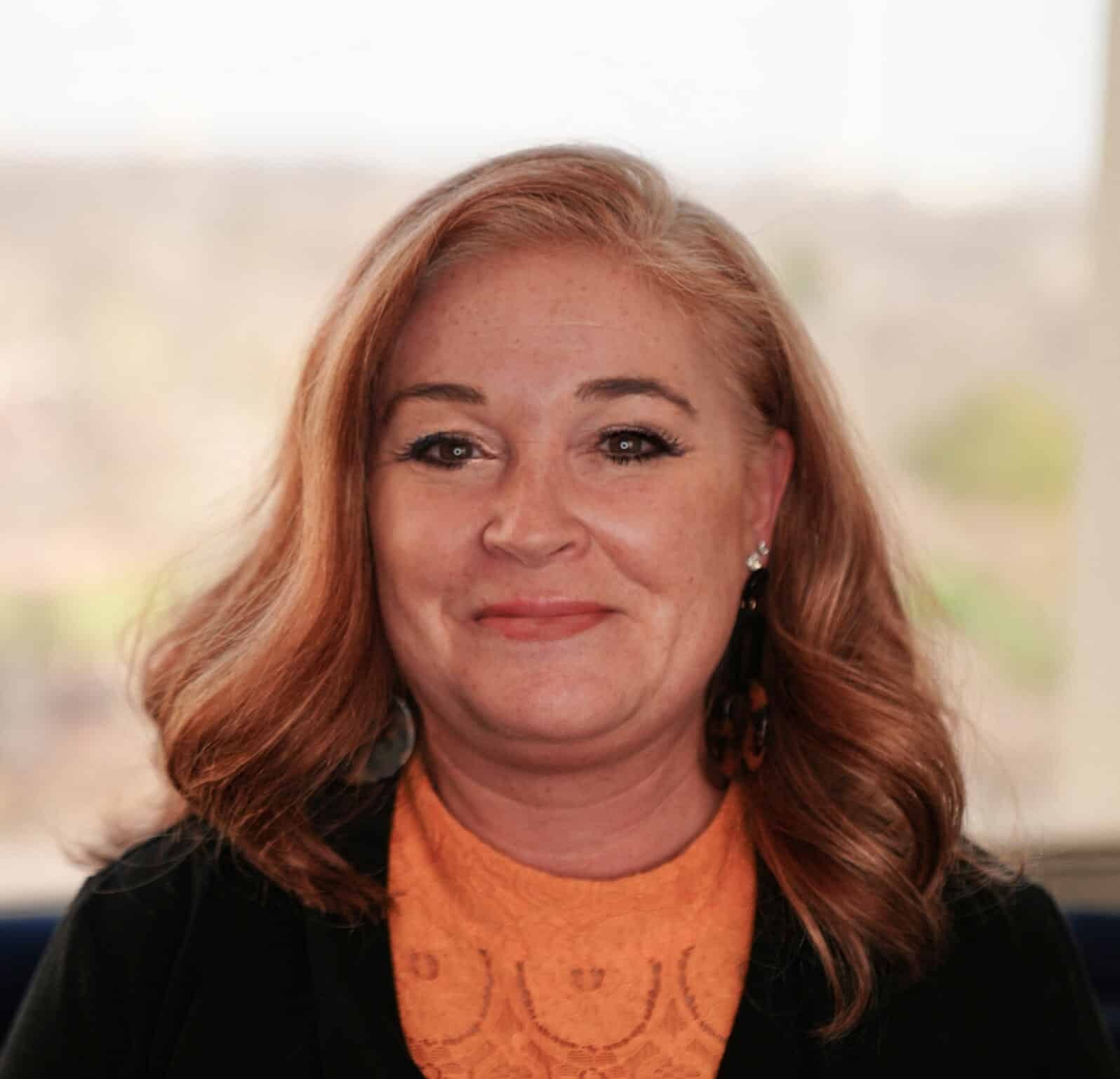Jumpstart Your January: Using Year-End Reflection as a Compass for the Future

As the year draws to a close, business leaders are often racing to the finish line on existing tasks and initiatives. The result of that approach? They miss out on doing things that could set them up for future success. Reflecting on the year’s highs and lows isn’t just a ceremonial gesture; it’s a strategic imperative. Taking stock of achievements provides valuable insights into what strategies worked, fostering a culture of learning from success. Conversely, examining failures illuminates crucial lessons, fostering resilience and innovation.
Year-end reflection isn’t solely about the past; it’s a compass for the future. Planning for the upcoming year based on these reflections serves as a roadmap, aligning objectives with newfound insights. It allows leaders to recalibrate goals, refine strategies, and adapt to market dynamics or unforeseen challenges. This reflective process nurtures a forward-thinking mindset. It instills a proactive stance rather than a reactive one, empowering leaders to anticipate trends, seize opportunities, and mitigate risks. Moreover, it encourages a culture of accountability and continuous improvement within the organization.
In essence, the year-end reflection ritual is a potent tool for sustainable growth. It’s a bridge that connects past experiences to future endeavors, infusing decision-making with wisdom and foresight. Ultimately, it positions businesses not just to thrive in the upcoming year but to excel amidst uncertainty, evolving markets, and rapid change.
As such, CMA suggests a series of thought questions that can help business leaders identify the parts of their companies that have done well, the parts that have struggled and how they could improve.
- Which of your 2023 business and personal development initiatives were clearly successful and clearly unsuccessful?
- What do these successes and failures tell you about critical strengths or skill gaps in the organization?
- Should we multiply our strengths and/or replicate them in other parts of the organization?
- Is it important to close the skill gaps or is it more effective to cease efforts on that initiative and reallocate resources?
- What role should I play in leading and managing these changes in the next year?
- Given the above answers along with my leadership mission and vision, where will I focus my leadership talents and development in the next year.
Check out the full guide to “Jumpstart Your January,” below.
Jumpstart January 2024 GuideGet the Guide

